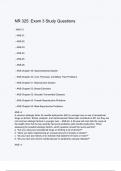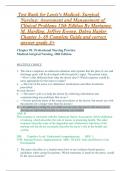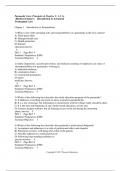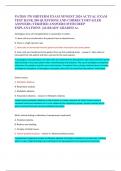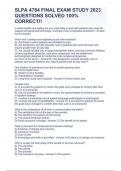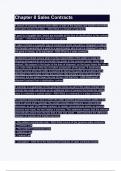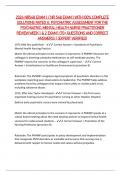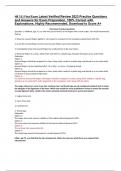Exam (elaborations)
NR 325 Exam 3 Study questions and correct answers (elaborations) with 100% accurate , verified , latest fully updated , 2024/2025 ,already passed , graded a+, complete solutions guarantee distinctions rationales| 5-star rating
- Course
- Institution
NR 325 Exam 3 Study questions and correct answers (elaborations) with 100% accurate , verified , latest fully updated , 2024/2025 ,already passed , graded a+, complete solutions guarantee distinctions rationales| 5-star rating
[Show more]
